Every time we surf in cyberspace, make interactions, send data or just open applications, all of this can happen thanks to computer networks. This network will be interconnected between several computers connected via transmission media or communication media. This network connection makes our activities on the internet smooth, accessible applications and computer hardware.
This computer network can also be said to be a collection of a number of communication terminals consisting of two or more computers connected to each other. All these networks are built and collected so that information and data carried by the sender (transmitter) can reach the receiver (receiver) quickly, precisely and accurately directly to the two parties.
In addition, computer networks also play a major role in integrating data between client computers so that they can produce relevant data results. Some computer network terms are LAN, MAN and WAN, let’s learn and understand more about computer networks, types and topologies.
Understanding Computer Networks
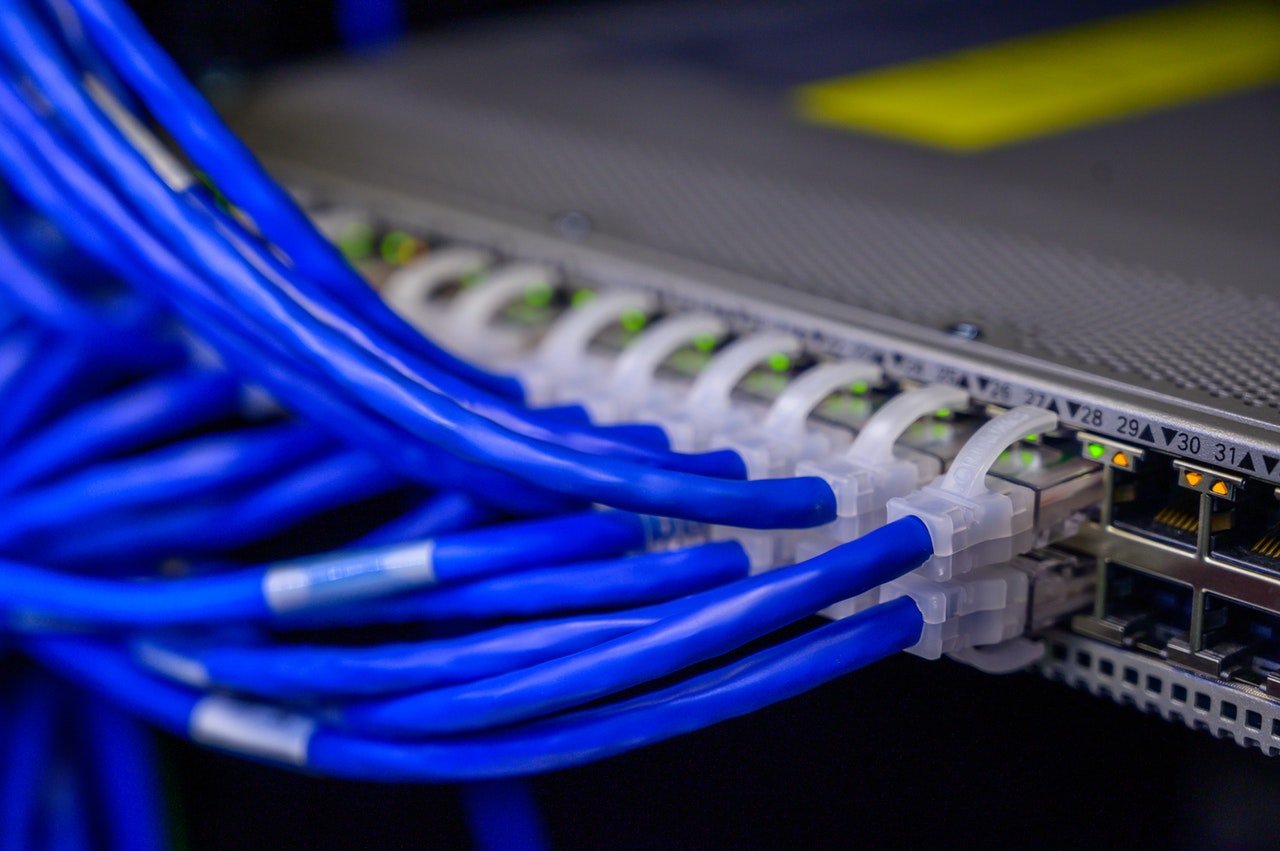
A computer network is two or more computers that have been connected to each other and are used for various data. The existence of a computer network is built using a combination of hardware and software. In making computer networks, switches and routers use protocols and algorithms so that they can exchange information and can carry data to the endpoint as desired.
Each endpoint is sometimes also known as a host on the network which has a unique identifier, often an IP address or Media Access Control address which is used to indicate the source and even the destination of the transmission. Endpoints can include servers, telephones, personal computers, as well as various types of hardware on the network.
Computer networks can be created using a combination of wired and wireless technology. Network devices always communicate via cables and even wireless transmission media. For a wired network, you may need fiber optic, copper cable, or coaxial cable. Conversely, if the wireless network path enters a computer network that uses a connection from wireless data to connect to an endpoint, here what is meant by the endpoint is cellular radio, broadcast radio, satellite, and microwave.
Networks can change private and even public. The existence of a private network generally requires the user to enter credentials to access the network. Usually this is provided manually from the network administrator or obtained directly by the user via a password or using other credentials. It is different with public networks, for example the internet does not limit various accesses.
also read : How to Find Out If Your Mobile Phone is Tapped
Different types of computer networks
Computer networks are not only one type, there are several types of computer networks that you often see and you are with, namely:
1. Local Area Network (LAN)
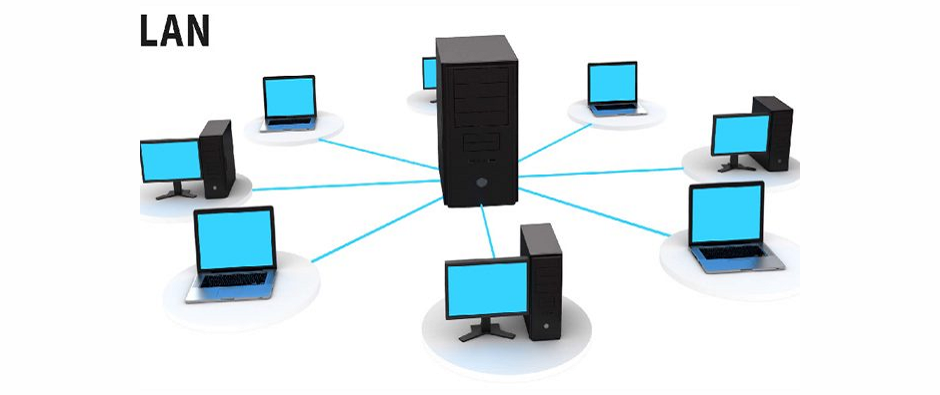
LAN is a link between network devices over a short distance. A school building, office, as well as a house whose network contains one LAN. But sometimes in one building there will be many LANs located maybe in per room. Sometimes a LAN can reach a group of surrounding buildings. TCP / IP networks, LANs are often but cannot be implemented in a single IP subnet.
In addition to running operations in a limited space, LANs are usually owned, controlled, and managed by one or even an organization. You will tend to use various technologies in special connectivity, especially by Ethenet and Token Ring. There are LANs that already use wireless technology using Wi-Fi which is known as a Wireless Local Area Network or WLAN.
2. Metropolitan Area Network (MAN)
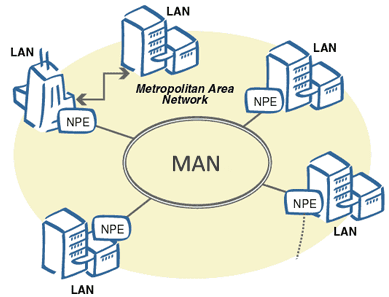
MAN is a computer network that is tasked with connecting 2 or more LAN networks in one city. If the distance is the link in building the network, it means that the MAN network has been used. MAN is actually bigger than LAN, but smaller than WAN. The existence of a MAN using special devices and cables to connect the LAN.
3. Wide Area Network (WAN)
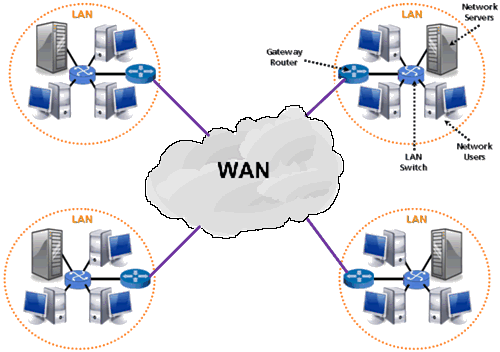
WANs are often referred to as a group of LANs that are geographically dispersed. There is a network device known as a router that connects between LANs to the WAN. In IP networks, there is a router that is used to store LAN addresses as well as WAN addresses.
WAN differs from LAN in several important ways, generally WAN is a kind of internet and is not owned by one organization, but exists under the auspices of collective ownership and management even distributed. This WAN computer network tends to use technology, for example Frame Relay, ATIM, and X.25 in connectivity over long distances.
4. Person Area Network (PAN)
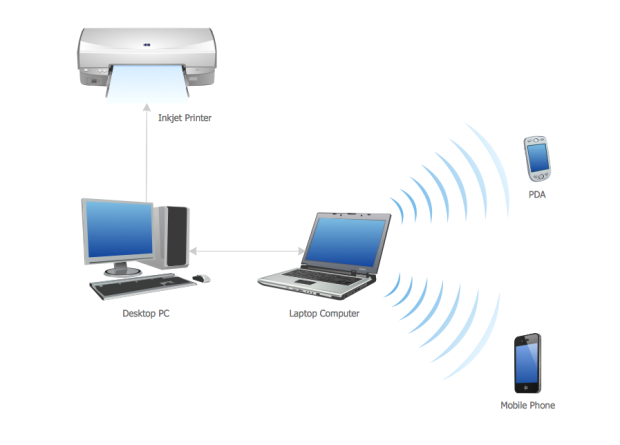
Not much different from LAN, the existence of PAN generally covers a variety of smaller areas, for example a network at an office or home. In general, this type of network is used for resources, for example, printers and internet.
5. Campus Area Network (CAN)
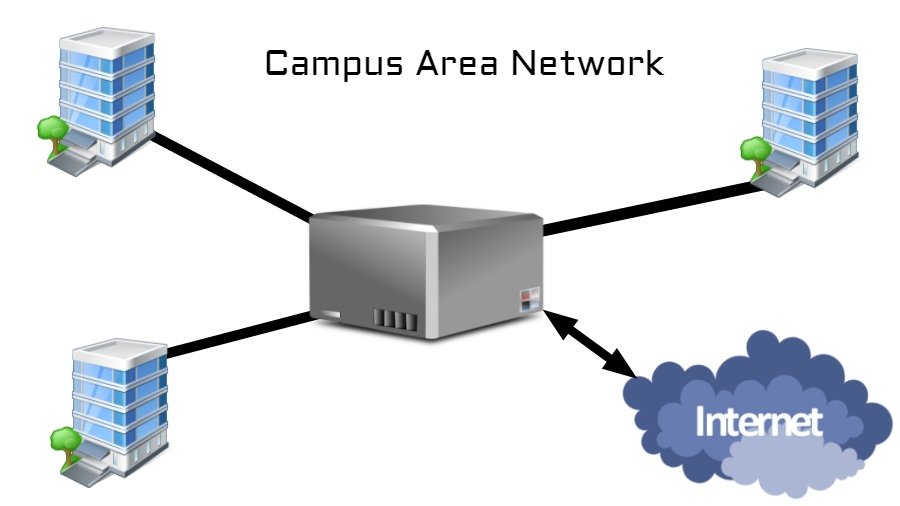
CAN computer network is said to be similar to MAN, but limited in universities and even academies. This one network is usually prepared in educational activities, for example lab practice, class updates, exams, email, notifications and so on.
6. Internet

The Internet is the largest variety of computer networks created by humans. The existence of the internet can connect millions of devices with computing included in laptops, PCs, workstations, webcams, tablets, TVs, CCTV, smartphones. In order to connect between these devices, there is a lot of infrastructure and technology that must be used. The use of the internet is available to many people, because anyone can connect to the internet and the internet is also considered an insecure network.
7. Virtual Private Network (VPN)
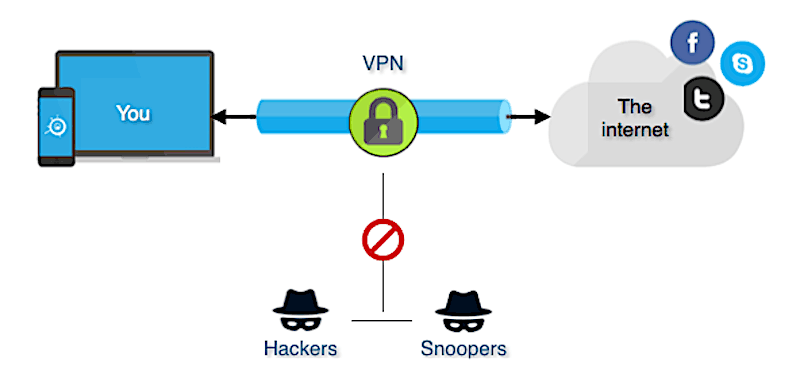
VPN is a solution in providing various connections on the internet in a more secure manner. For example, a company has 2 offices, one is in Mumbai and the other is in Singapore. This means that each company can use a VPN to connect between the 2 offices. VPN uses to create a secure path on the internet and can be used in data transmission.
Also read 10 Best Android & iPhone Video Editing Applications, No Watermark!
Topology in computer networks
There is a computer network topology which refers to the layout of a device that must be connected. Usually the topology is known as the shape and even the virtual structure on the network. The shape is uncertain according to the actual physical layout of the network device. For example, computers on a home network can be arranged in a circle in the living room. But it is impossible to find various ring topologies there.
The various topologies on the network have several types:
Bus Topology
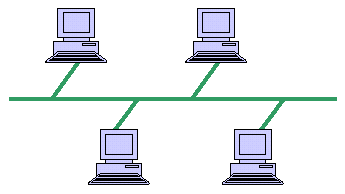
The bus network uses cables as its backbone, these cables serve as a medium in communicating and communicating with other devices on the network by sending broadcast messages via cables connected by 2 devices, but only the intended receiver and actually receive and process the message.
Ring Topology
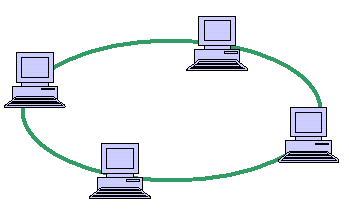
The ring network has two neighbors for communication purposes. Messages travel through the ring in the same direction as “clockwise” even “counterclockwise”.
Star Topology
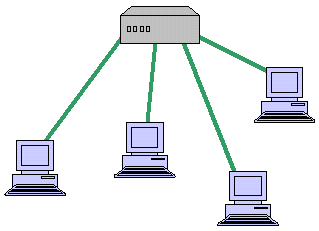
Home networks often use this topology which has a central connection point known as a “hub node” and can be network hubs, routers, and switches. This topology is connected to the hub via Unshielded Twisted Pair or UPT Ethernet.
Tree Topology
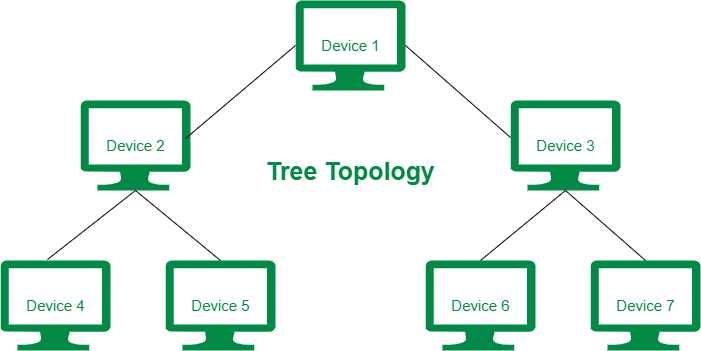 This topology joins the star topology in forming a bus topology. In its simplest form, usually only jun devices can be connected directly to the bus tree and per hub has the function of the root of the device tree.
This topology joins the star topology in forming a bus topology. In its simplest form, usually only jun devices can be connected directly to the bus tree and per hub has the function of the root of the device tree.
Mesh Topology
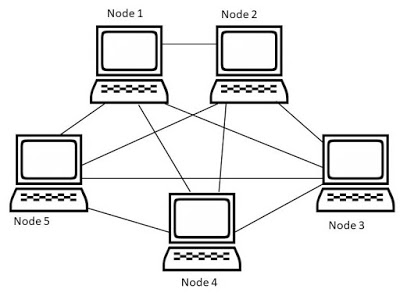
This topology is introduced with the concept of routes, in contrast to other topologies, the various paths that can be sent on a mesh network can take one or more possible paths from source to destination.
Also Read : 6 Best Free FTP Client for LInux, Mac, and Windows
Conclusion
Computer networks will always be connected before they can work optimally to browse the internet, so it doesn’t mean that this network is also very dependent on internet access both in its speed and number of speeds.
The creation of this computer network is able to share resources without problems even though they are far apart. You can share data in the form of document, video, image and other data with people who are farthest away or outside the country without any limitations on the number and access as long as the network is connected to the internet.
In addition, you can also share storage and hardware using hardware sharing. You can also share an existing internet connection with many people or what is called Internet Access Sharing which uses a router with the ability to allocate bandwidth easily for any computer that needs it.
